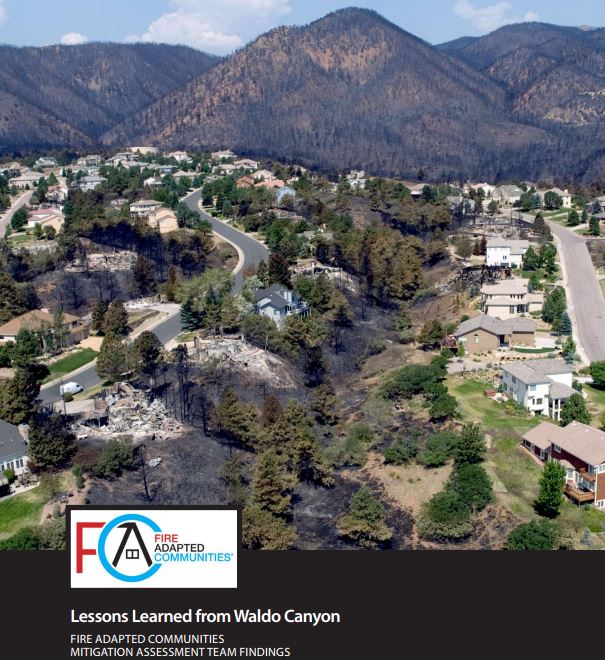
Last month a group of 20 wildfire experts met behind closed doors in Jackson, Wyoming to discuss methods for protecting communities from wildland fires. The meeting was closed to the public and reporters so that the participants could present ideas that are likely to be met with opposition in western areas where property rights at times trump attempts to impose regulations that would protect homes.
The “84 percent” of land in the Wildland Urban Interface (WUI) that is not yet developed received much of the attention at the forum. The attendees realized that efforts directed toward future construction could have a more profound effect than trying to make changes to existing structures.
The topics discussed included:
- Fire risk mapping and mandatory notice.
- Development plans that include standardized wildfire risk ratings.
- Federal assistance based on fire-risk planning.
- Denial of loans for houses in high-risk wildfire zones.
- Putting the costs on local communities.
- Full-cost accounting of wildfires.
- Tiered homeowner insurance rates.
- Standardized, robust data collection.
Below are some excerpts from an article in High Country News about the meeting:
“There’s this invisible line you’re not allowed to cross,” said the forum’s organizer, Ray Rasker, director of Headwaters Economics, an independent research group focused on Western land management. “If you start talking about restricting private property rights, that’s sort of a career-ending conversation you’re having.”
[…]
Kathy Clay, Teton County, Wyo.’s outspoken fire marshal, acknowledges that she attended the forum, where she was popular for her discussion of “suicide subdivisions” – neighborhoods where firefighters have only one way in, no access to water or aerial support, and no way out if the fire spreads behind them. Clay wants the blunt phrase to draw attention to the rising human costs of wildfire.
“Firefighters have an obligation to defend structures, but we don’t have an obligation to put people in harm’s way,” Clay said in an interview.





